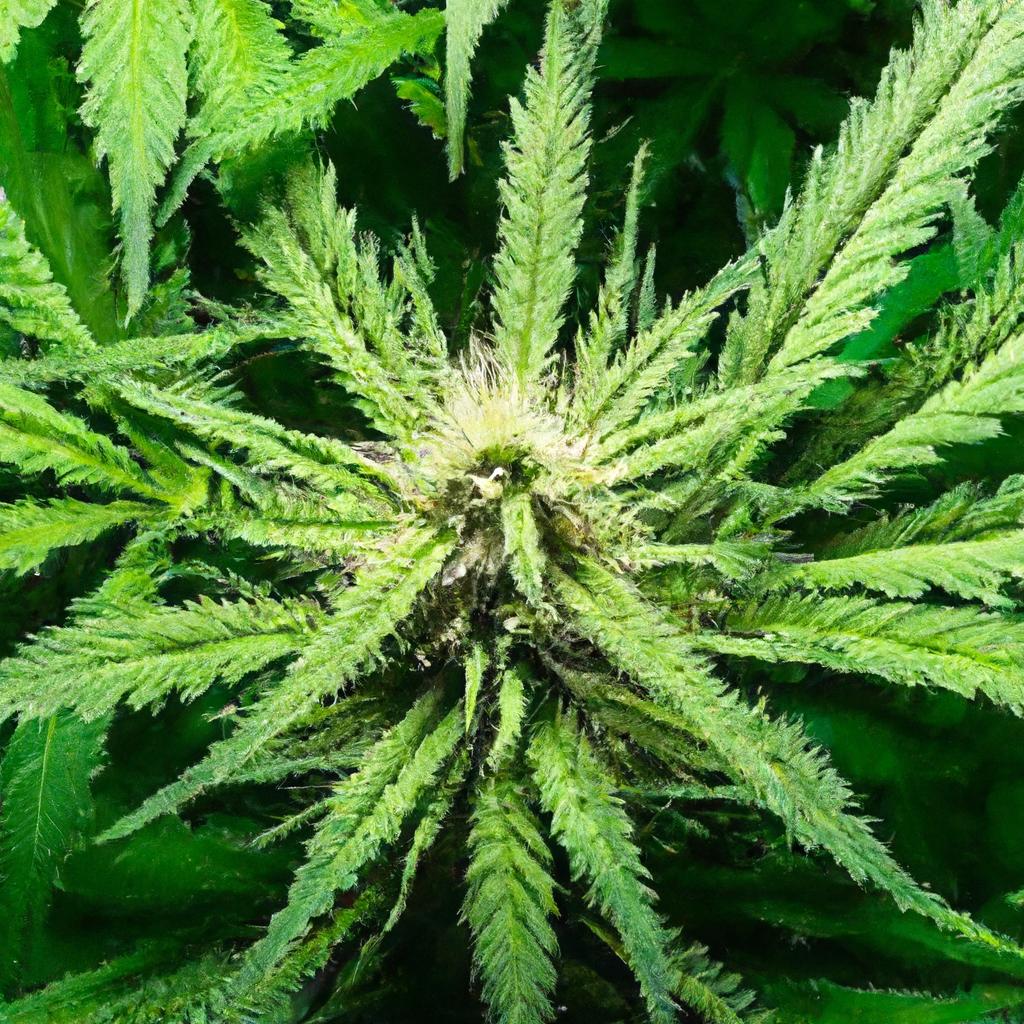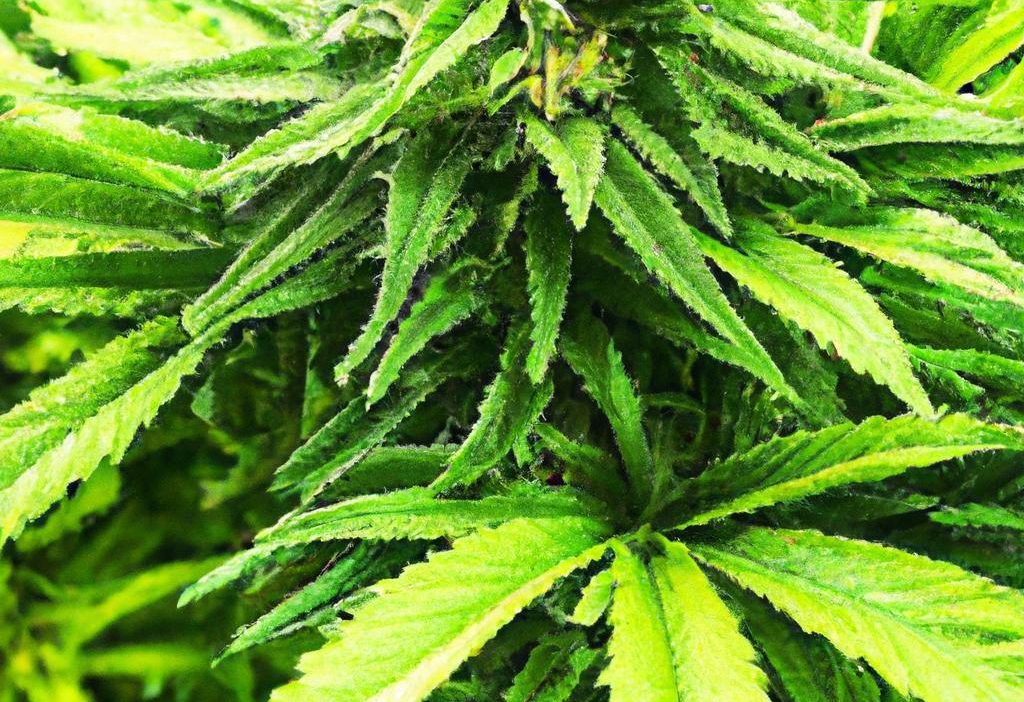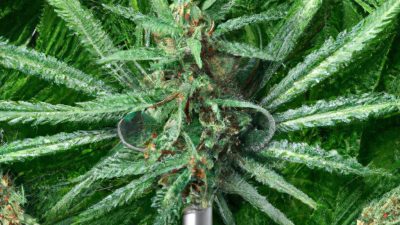
Batch vs Continuous Flow: Which Suits Your Cannabis Processing Capacity?
The booming cannabis industry demands efficient and scalable processing methods to meet an ever-growing market. Whether you are extracting cannabinoids, producing oils, or refining concentrates, understanding the best production approach for your capacity is crucial. In cannabis processing, the two dominant manufacturing workflows-batch processing and continuous flow-each have unique strengths and challenges.
This comprehensive guide explores how batch versus continuous flow fits within modern cannabis post processing, highlighting their implications for capacity, equipment choices, and overall operation efficiency.
Understanding Batch and Continuous Flow Processing in Cannabis
Batch processing refers to handling a specific quantity of cannabis material or extract at one time. Each batch is processed from start to finish before moving on to the next. This method is common in craft or small-scale operations where flexibility and precision are priorities.
Continuous flow processing, on the other hand, involves a steady, ongoing input of raw material and output of finished product. This workflow suits large-scale operations aiming for efficiency, uniform quality, and high throughput.
How These Methods Relate to Cannabis Post Processing
- Extraction: Both methods are applied in supercritical CO2 and hydrocarbon extraction units.
- Winterization & Purification: Batch freeze and filter versus continuous solvent recovery and filtration.
- Distillation: Multiple fractional runs in batches or continuous short-path distillation systems.
- Packaging: Batch labeling or integrated continuous bottling lines.
Batch Processing: Features, Benefits, and Challenges
Batch processing is highly valued for artisanal cannabis concentrates and small-batch manufacturers. Here’s why it might suit your capacity:
- Flexibility: Easily adjust recipes and input types (flower, trim, biomass).
- tight quality Control: Each batch is independently monitored, ensuring consistent taste and potency.
- Capital investment: Usually requires less upfront investment for smaller equipment.
- Customization: Suits seasonal or experimental strains, enabling product innovation.
Challenges:
- longer processing time due to start-stop cycles.
- Labor intensive due to batch setup and cleaning requirements.
- Scaling up can be inefficient and costly.
Continuous Flow Processing: Features, Benefits, and Challenges
Continuous flow processing is optimized for operations with large production volumes seeking maximal throughput.
- Scalability: Easily ramp up production without the interruption of batch shifts.
- Higher Efficiency: Reduced labor, automated workflows, and energy savings.
- Consistent Quality: Continuous homogenization of input materials provides uniform product.
- Reduced waste: Constant feed reduces loss between batches.
Drawbacks include:
- Greater capital investment for advanced equipment such as continuous extractors and automated filtration.
- less flexibility to switch strains or product types quickly.
- Operational complexity requiring skilled technicians and close monitoring.
Batch vs Continuous Flow: Comparing Production Capacity and Suitability
| Aspect | Batch Processing | Continuous flow |
|---|---|---|
| Ideal Production Scale | Small to medium-sized operations | Large industrial scale |
| Initial Investment | Lower to moderate | High |
| Product Variation | High flexibility, strain switching easy | Limited flexibility |
| Throughput | Slower, limited by batch size | High, continuous production |
| Labor Requirements | Higher due to manual steps | Lower after automation |
| Quality Control | Batch-wise, precise control | Constant monitoring, uniform output |
Choosing the Right Method for your Cannabis operation
When deciding between batch and continuous flow processing for your cannabis facility, consider the following factors:
- Production Volume: Small growers or craft concentrate producers benefit from batch methods; large-scale producers gain from continuous flow.
- Budget Constraints: Initial equipment cost and facility upgrades may limit continuous flow adoption.
- product Diversity: If your business thrives on variety and small rapid-turn batches, batch processing aligns well.
- Automation Capabilities: Continuous flow requires advanced automation; ensure your staff is trained accordingly.
- Market Demands and Scalability: Anticipate future growth-continuous flow can handle scaling better.
Practical Tips for Implementation
- Start with batch processing if new to cannabis extraction and post processing.
- Invest in modular equipment capable of batch and semi-continuous modes for flexibility.
- Pilot small continuous flow runs to understand operational nuances before full-scale investment.
- Prioritize quality testing protocols to maintain product integrity regardless of method.
Case Study: Batch vs Continuous Flow in Cannabis Extraction
A cannabis extraction company specializing in premium THC distillate began with batch hydrocarbon extraction equipment producing 20 pounds per batch. As demand increased, they transitioned to a continuous flow system handling 100+ pounds daily. The continuous system improved throughput by 400%, reduced solvent consumption by 15%, and decreased labor hours by 50%. However, they also noted the necessity for highly trained operators and upfront capital investment was triple that of their batch system.
Conclusion: Tailoring Your Cannabis Processing to Your Capacity
Both batch and continuous flow processing have crucial roles to play in the cannabis industry. Your choice depends heavily on your production scale, investment capacity, product goals, and operational expertise. Batch processing offers the flexibility and control preferred by craft producers, while continuous flow unlocks the potential for mass scale and efficiency.
By evaluating your current and near-future capacity needs honestly, you can adopt the right cannabis processing technology to maximize productivity, maintain product quality, and scale your business sustainably.





